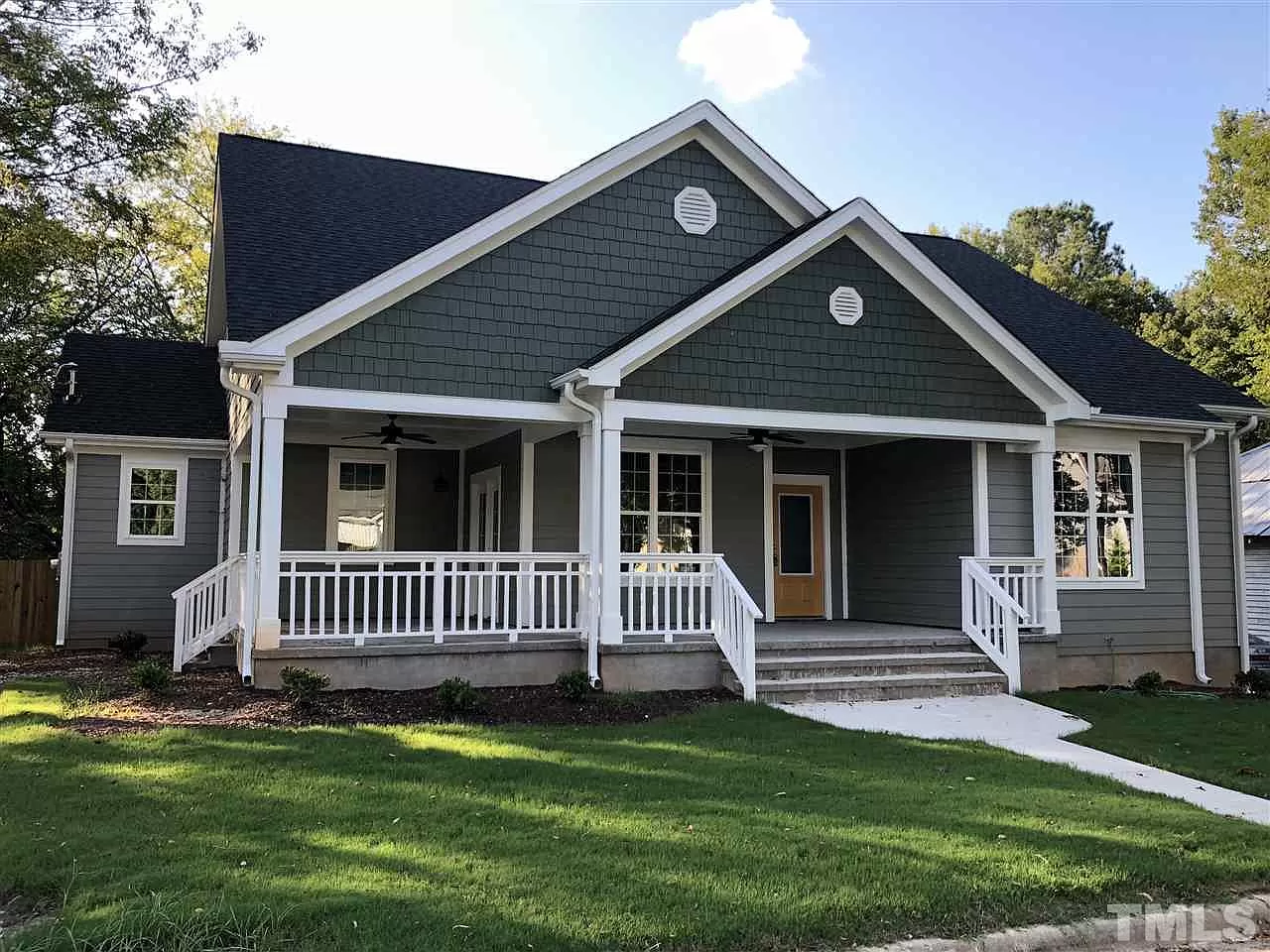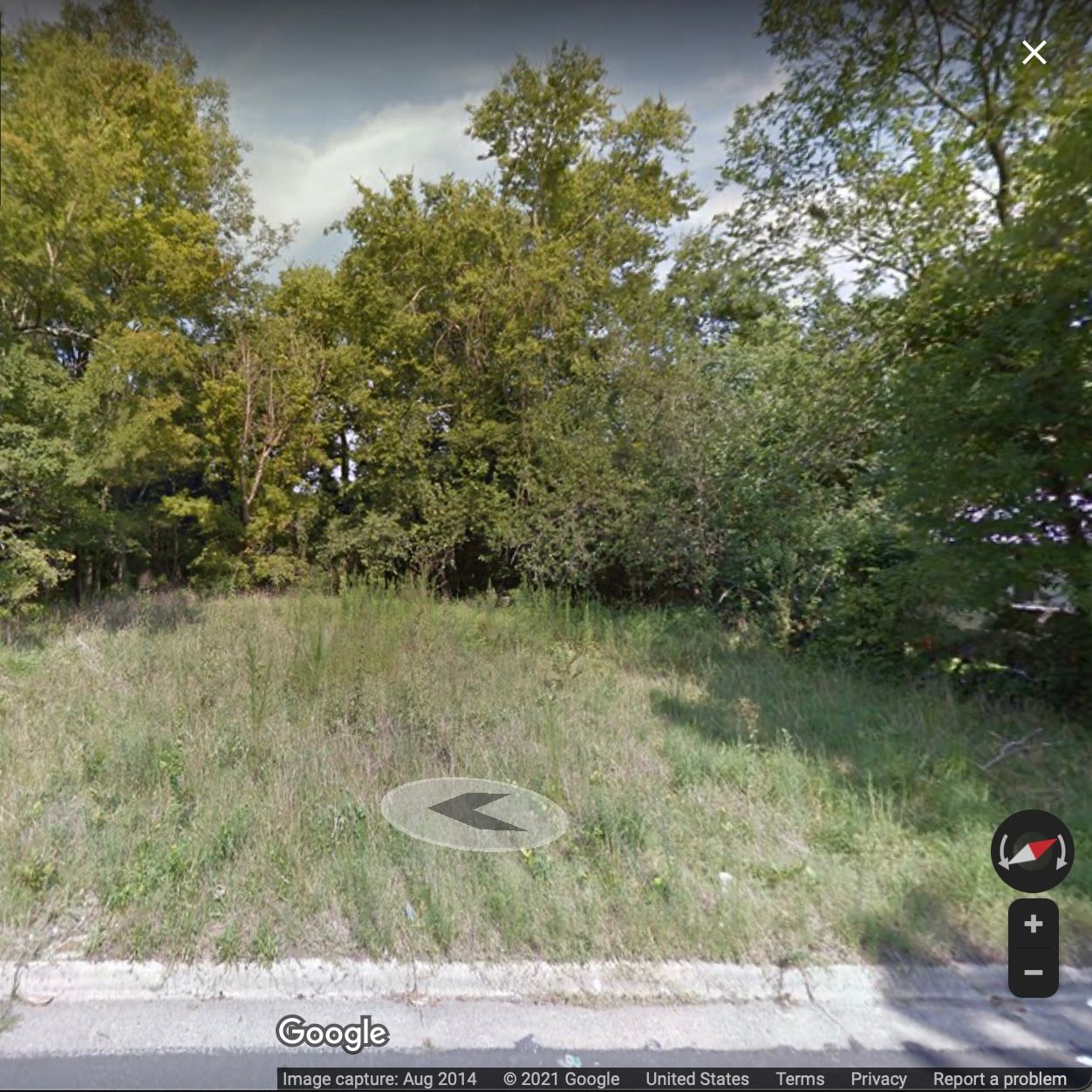It Takes A Village

The house across the street from me sold for $163,000 in February of 2020. Honestly, I’m shocked the person who bought it didn’t have to just trade the owner a Snickers bar. It was a complete wreck. A homeless person lived on the porch behind plastic covers that served as blinds. There were giant holes in the brick foundation (from a car accident, if memory serves). The siding was falling off and the paint was chipping. I don’t know the previous owner’s circumstance, so who am I to judge, but from the outside, it didn’t look like just a fixer-upper. My guess is they were forced to sell because of the rising tax burden and saw the chance to escape when the market was ripe.
Over quarantine, a crew started redeveloping the house. I had a front row seat to the recovery effort. After a little over a year, the house went back on the market. Aesthetically, the house looks respectable. They cleaned it up, painted, added some nice staging furniture. They even re-planted the bushes I’d pulled from our flower beds after I uprooted them and left them on the curb to plant mint and tomatoes in their place. The homeless person isn’t staying on the porch anymore, which is a net negative for the character of the neighborhood. Obviously, I don’t want him to be homeless, but when you can see the wave of gentrification headed in your direction, you start to covet the quarks that make your neighborhood special. I’ve been told he has housing elsewhere. Whichever neighborhood he’s in now is lucky to have him.
I asked my mom, who, since 2009, has lived down the street from where I live now, if she had a guess for how much the house was listed at. Her first guess?
“$263,000.”
“Heck no!” She guessed again.
“$400,000.”
“Keep going.”
“Half a million.”
“Nope. $630,000.”
She sat there, flabbergasted.
My mom has lived in Durham her entire life, so I take her assessment of any situation here more seriously than most. Her utter astonishment in response to the price of the house was a bad sign…
A few blocks away, on East Geer Street, there are these three houses. Well, really, they’re compounds. They look photoshopped into the neighborhood; like how you would design a community in Sims, without any regard for how neighborhoods function and the people in them interact. One of the neighbors told me, as I was walking by, that the house had only been there a year. “Yeah, it looks like it,” I said. We both chuckled.


My grandparents also live not far from me, in the same house for almost 40 years; a few miles further into East Durham, next to The Village Shopping Center. I don’t expect you to know what or where that is. For years, East Durham was treated like the Elephant Graveyard.
The Village hasn’t changed for as long as I can remember. There’s a popular bus stop, all the junk food you can eat, and asphalt as far as the eye can see; a relic from a bygone era, preserved by inaction. The Hardee's that used to be on the corner of Raynor and Miami is now a Little Caesar’s, and a couple of the gas stations have changed hands, but that’s the extent of any “improvements” in decades. Last time I was in the area, the busiest place on the whole block was CSL Plasma, a place to get paid for giving blood. It’s not a concrete jungle. More like an asphalt desert, which has serious financial, environmental and health implications for the neighborhood, not to mention it’s a terrible use of space compared to how many cars park there on a regular basis.
The shopping center was built in 1955. Even back then, people seemed less optimistic about its potential. One commenter on Open Durham, a site for cataloging Durham’s architectural history, had this to say:
I remember that area from when I was a child in the 60s and 70s and so my memories are probably simplistic and incomplete... I don't recall it was ever a "thriving commercial and retail area" as they say. It did ok, but "thriving" seems a little optimistic. There was definitely nothing upscale about it. You went there for sort of the same things you’d go to Wal-Mart for today.
Knowing how imperialistic Wal-Mart is, I’m honestly surprised they haven’t invade The Village at any point. Perhaps that lack of interest speaks for itself.
A few weeks ago, I went out with two Bike Durham colleagues to pass out flyers in the surrounding neighborhood for a community engagement event we co-hosted with the City of Durham. I’ve lived in different parts of Durham my entire life, and feel like I know the city well, and yet there are pockets of the city that have alluded me. Little side streets tucked between thoroughfares like Holloway St, Geer St, Miami Blvd, and Cheek Rd. As I walked around, my hunch about encroaching displacement was confirmed.
One couple stopped me as I was walking away from an apartment complex.
“Are you the mailman?” the woman asked.
“No. I’m here passing out flyers for this event we’re hosting with the city about redesigning Miami Blvd right over there.”
She looked skeptical. I didn’t blame her.
“Oh okay. I’ll give this to him. We’ll check it out.” She handed the paper to a man sitting in the driver’s seat of the car.
The man in the driver’s seat leaned over to the open door on the passenger’s side.
“You be careful around here,” he said.
“I know the area pretty well. My grandparents live on the other side of the Village.”
The woman still looked concerned.
“But I’ll be on the lookout anyway. Thank you.”
The exchange stuck with me as I continued to survey the surrounding area. Growing up, I knew this part of town was rough around the edges, but the houses I started to see sprinkled throughout the neighborhood made me question how long that attribution would last. I assumed there was a clear delineation between where people would and would’ve live, but these enormous compounds being erected in lower-class regions of Durham aren’t homes. They’re investments. The risk is low compared to the return waiting around the corner, and the damage these house owners inflict on the neighborhood in the form of rising cost of living is of little consequence when their time at Duke ends, or Durham is no longer the “it” town, and they leave for greener pastures. Who exactly should I be afraid of in this situation?
This house is a prime example.

In May 2017, the house (or rather the lot) sold for $2,000. The next winter, December 2018, the brand new 2,000 sq. ft. build sold for $400k. It’s currently listed at nearly half a million dollars. The house right next door sits at $136k. Here’s a Maps view of the lot from 2014. Google hasn’t even bothered to drive down this street in seven years.

It’s a gift and curse of websites like Zillow: they make it easy to buy and sell homes, which also means it’s easy for people to gentrify neighborhoods. For years, redlining prevented Black Americans from buying homes in certain neighborhoods, segregating them into the areas of town that become ground zero for “urban renewal” decades later. Now, White people can’t wait to scoop up the “cheap real estate” that’s available in Black neighborhoods that is only cheap because of perpetual divestment.
it should be illegal for hedge funds to buy single family homes and its insane that its not
— Andrew Lawrence (@ndrew_lawrence) June 10, 2021
Where things have gotten dangerous is the invasion of investment firms in the residential market. It’s one thing to be competing with other families, but to go to battle with the full force of Wall Street against you?

So what do we do about it?
We have some control through legislative action but we don’t really have control unless we own the land at the commercial and residential level.
Northgate Mall recently sold to a Northwood Retail, a developer based in Dallas, after being under local ownership since its founding in 1960. Northgate is the OG mall for long-time Durham residents. Before Southpoint, there was Northgate and South Square. I have fond childhood memories of walking over to Northgate every Saturday from my house in Watts-Hillandale to go to Sports Cards Unlimited for Yu-Gi-Oh card tournaments, or to GameFrog to play, or rather, absolutely dominate in the 2v2 Halo tournaments with my buddy Ian, or to Babbage’s (what became GameStop) to pick up my Game Informer and purchase the new Pokémon game.
Since its purchase by Northwood, neighboring residents of the property have been battling with developers and city government over previsions that the local community believes is vital to the growth and equitability of the neighborhood moving forward. So far, they have been met with swift opposition from Northwood.
Here’s a snippet from a story first reported by INDY Week:
Jeff Furman, Northwood’s vice president of development, has said previously he’s sympathetic to the concerns of Walltown residents. But in an email Tuesday to Schewel, Furman said he believes the city should be responsible for addressing those concerns while ensuring affordable housing in Durham, not his company. “You continue to say it is up to us and our civic duty to resolve public issues,” Fur-man said. “But I will say again that the City merely asking private landowners to solve public issues such as affordable housing with no public involvement will not produce the results the residents of Durham want.”
This sentiment is not unique to Northwood. In fact, it is the attitude of most developers in my experience. Making money is their one and only concern. Public good is not. Who could be surprised, really? These people don’t live here. Their kids don’t go to school here. They don’t work and play here. Why should we expect them to invest in a community they don’t belong to?
The Lakewood Shopping Center is a model, albeit, not a perfect one, that we can look to for guidance. In 2014, the Scrap Exchange moved into the Lakewood Shopping Center, a flailing commercial district on the verge of becoming Durham’s next gentrified neighborhood, as the anchor tenant for a revitalization project spearheaded by folks associated with the Exchange. The idea is to bring good paying jobs, build healthy public spaces, develop affordable housing units, and more to the area. The project has stalled but the group continues to raise money for its ambitions.
Scrap Exchange has been a part of the Durham community for decades. In fact, it was a tenant inside Northgate Mall from its founding in 1991 until 1999. The company ethos is exemplary of Durham’s creativity and community-oriented approach to problem solving.
Now, with so many of our spaces being gobbled up by outside developers, it’s time to return to our creative, community-oriented roots if we’re to preserve Durham, its ethos, and space for all its current residents.
The Village is on the brink of being the next area ravaged by gentrification. The house referenced earlier in the essay is only a few blocks away. Is there a local tenant willing to inject new life into the neighborhood and the shopping distract? Both Durham Technical Community College and North Carolina Central University would make sense if they were looking to expand their presence and needed additional space for educational programs they offered. Would the Durham Co-Op Market consider growing their operation in a region of Durham that suffers as a food desert? Is there room for the city to get involved and bring more green space and tree canopy to reduce the debilitating heat caused by the large swatches of concrete?
Housing prices continue to spike throughout the city, including in the neighborhoods surrounding Northgate, Lakewood and the Village. It’s clear these development projects do and will have significant impact on who gets to live in and around those districts. Local ownership is critical to mitigating both the commercial and residential turbulence in the market. There is little hope for large, out-of-town developers to receive and act on the needs suggested by local citizens given what we’ve seen in Durham up to this point, but local citizens can’t afford not to be heard. Reducing economic inequality and our impact on the Earth’s climate can’t just be features that get us on the “top cities in the US” list again. Durham’s residents are counting on these actions for survival.

